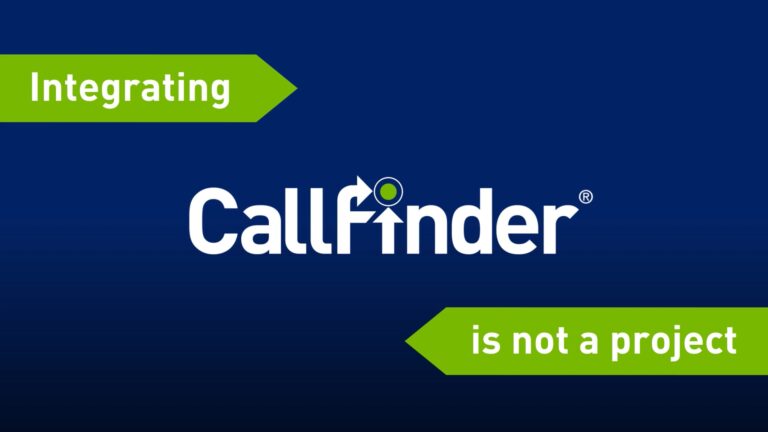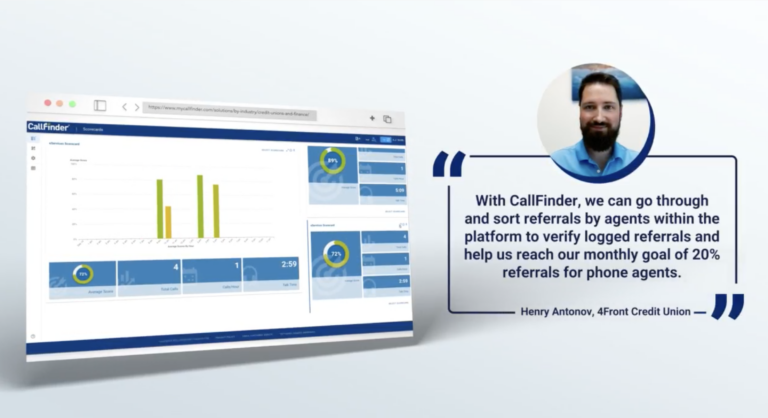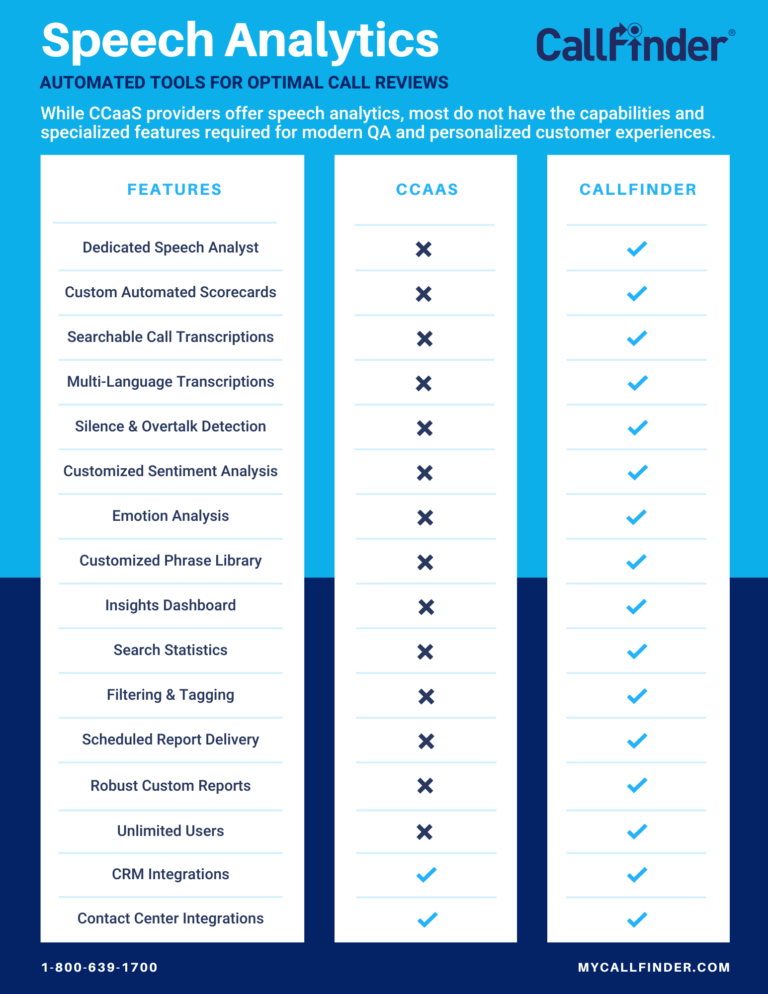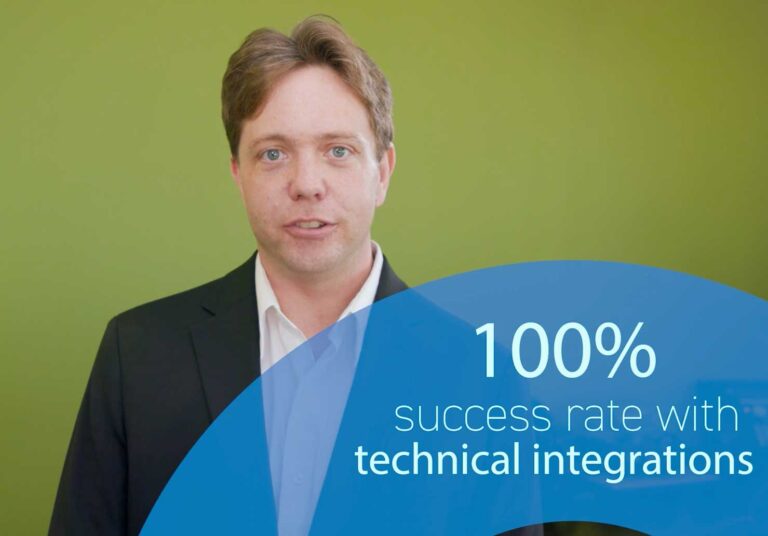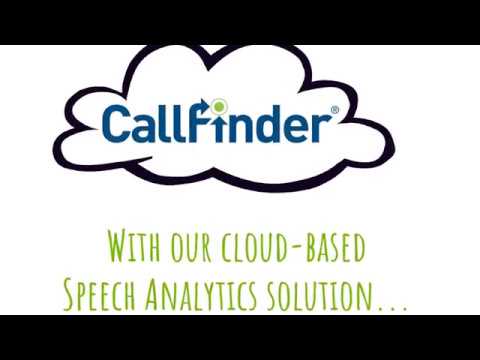Traditionally, call center monitoring has been a manual process, but with advancements in technology, automated call monitoring has emerged as a powerful alternative. If you’re still manually monitoring calls, this post is for you. We’ll cover the benefits of using an automated call monitoring solution compared to a manual process while highlighting how call monitoring contributes to better customer experiences and operational efficiency.
While it may seem obvious, maintaining positive customer interactions is a top priority for companies aiming to stand out among competitors. There are many other reasons to monitor calls, but improving CX seems to be the most compelling reason to implement an efficient and effective QA process. Call center monitoring is an essential aspect of quality assurance, ensuring that customer interactions align with established standards and best practices.
Manual Call Monitoring: The Classic Approach
Manual call monitoring involves real-time or post-call evaluation of customer interactions by human agents or supervisors. This approach has been widely practiced for years. At first glance, this approach offers a few advantages:
- Human Insight: Manual monitoring allows experienced agents to provide valuable feedback based on their expertise, emotional intelligence, and contextual understanding. This enables a nuanced assessment of customer interactions, including subtle cues and non-verbal communication.
- Flexibility and Adaptability: Supervisors can adjust their monitoring criteria based on evolving business requirements, industry trends, and customer preferences. This adaptability ensures that quality standards remain relevant and effective.
- Personalized Coaching: Human agents can offer personalized coaching and training to customer service representatives, helping them improve specific skills and address individual performance gaps.
- Complex Scenarios: Manual monitoring is somewhat equipped to handle complex customer interactions that involve unique situations, exceptions, or intricate problem-solving.
Automated Call Monitoring: The Better Approach
Automated call monitoring involves the use of advanced technology, such as speech analytics and AI algorithms, to analyze and evaluate customer interactions. This approach offers its own set of compelling benefits:
- Consistency and Scalability: Automation ensures a consistent and unbiased evaluation process, eliminating potential human subjectivity. As call volumes increase, automation enables efficient monitoring of a larger number of interactions without compromising quality.
- Real-time Insights: Automated systems can provide real-time or near real-time analysis of customer interactions, alerting supervisors to potential issues as they arise. This rapid feedback loop allows for immediate corrective actions, minimizing the impact of poor interactions.
- Data-Driven Decision Making: AI-powered analytics can identify patterns, trends, and customer sentiment across a vast number of calls. This data-driven approach enables organizations to make informed decisions to enhance customer experiences and optimize processes.
- Time and Cost Efficiency: Automation reduces the time and effort required for call monitoring, freeing up human resources for more strategic tasks. This efficiency translates to cost savings and improved operational productivity.
Finding the Right Balance
The choice seems obvious, right? Automated call monitoring has a wide array of benefits and is a far more efficient approach to call center monitoring. However, the ideal approach depends on your organization’s specific needs and goals. In many cases, an automated system provides the same benefits as manual monitoring, but automation offers so much more than manual QA.
For instance, with automated call monitoring, you can also apply human insight and personalized coaching. But the automated solution gives you the data needed to get to those insights and coaching techniques. Plus, automated call monitoring introduces efficiency, scalability, and data-driven insights. While a hybrid model can be effective, automated tools allow managers to screen a large portion of interactions quickly. Using an automated call center monitoring solution will provide you with the best techniques for managing complex scenarios or for fine-tuning agent performance.
Conclusion: It’s Time to Automate Your Call Center Monitoring Process
In the quest to deliver exceptional customer experiences, call monitoring plays a pivotal role in maintaining service quality and consistency. While organizations should carefully evaluate their requirements, resources, and objectives to determine the most suitable approach, an automated solution is the clear winner. By embracing the benefits of automated call monitoring, businesses can create a robust quality assurance framework that propels them toward operational and customer service excellence.
Schedule a short demo of CallFinder’s automated call center monitoring solution to learn how we can help your business meet all your goals.

